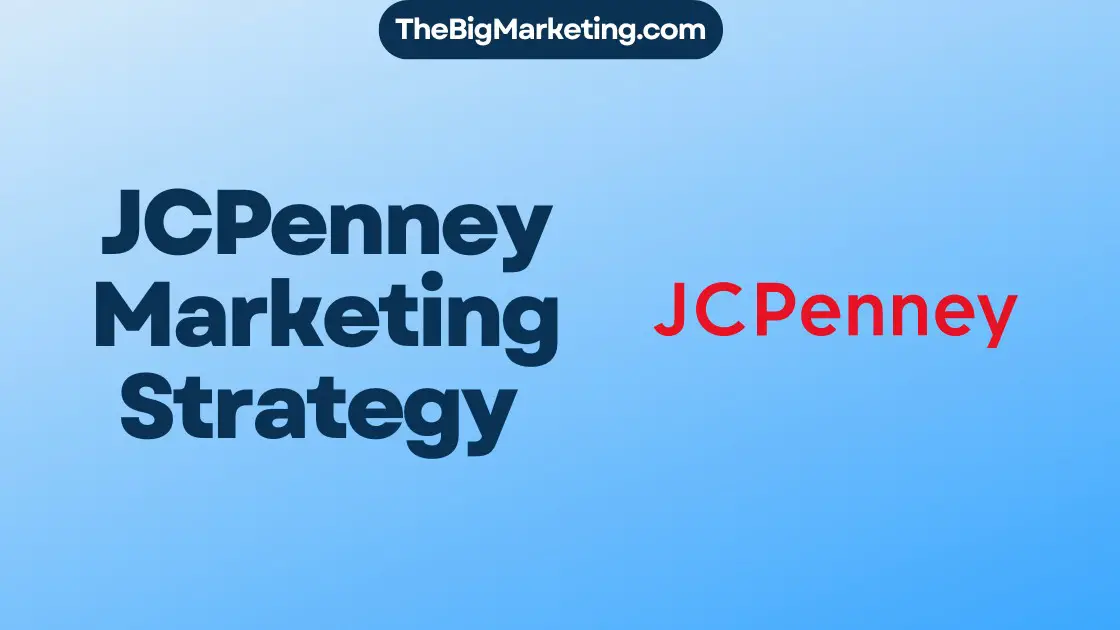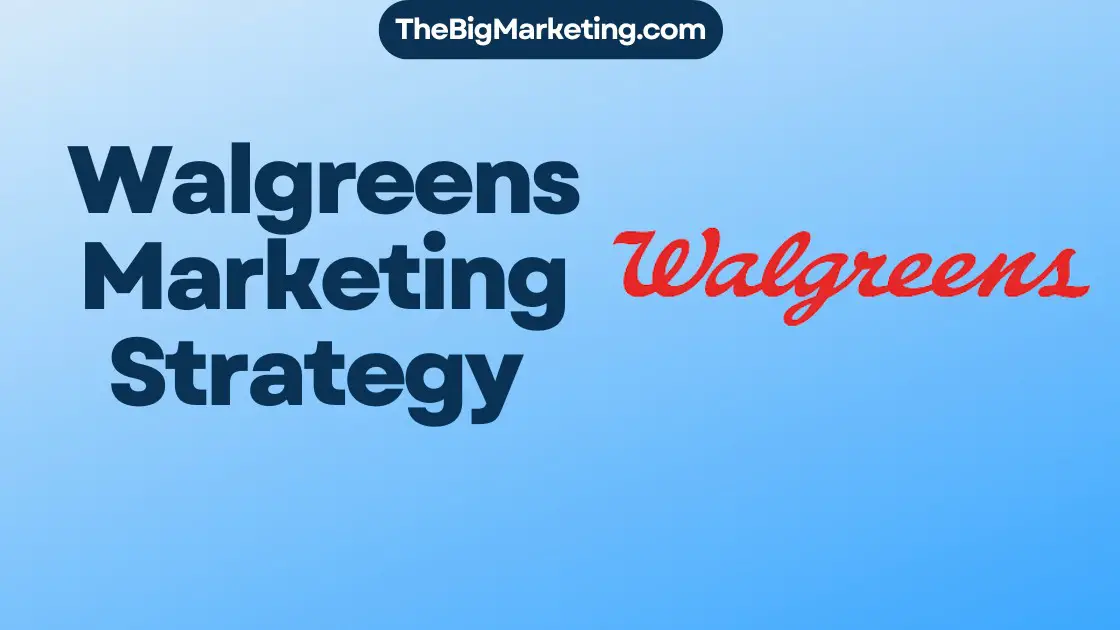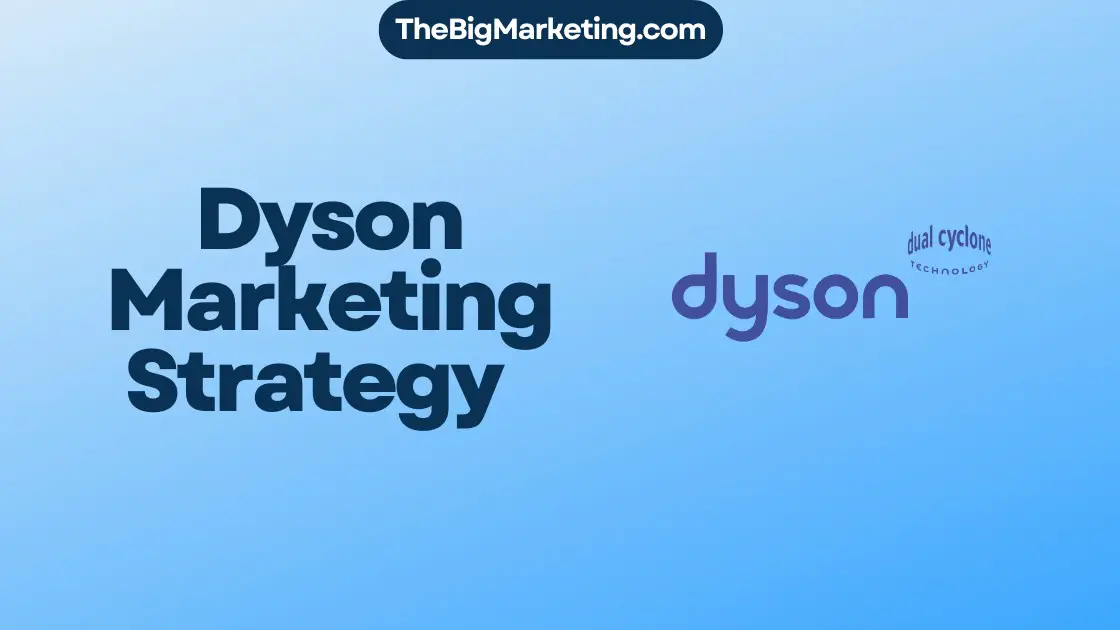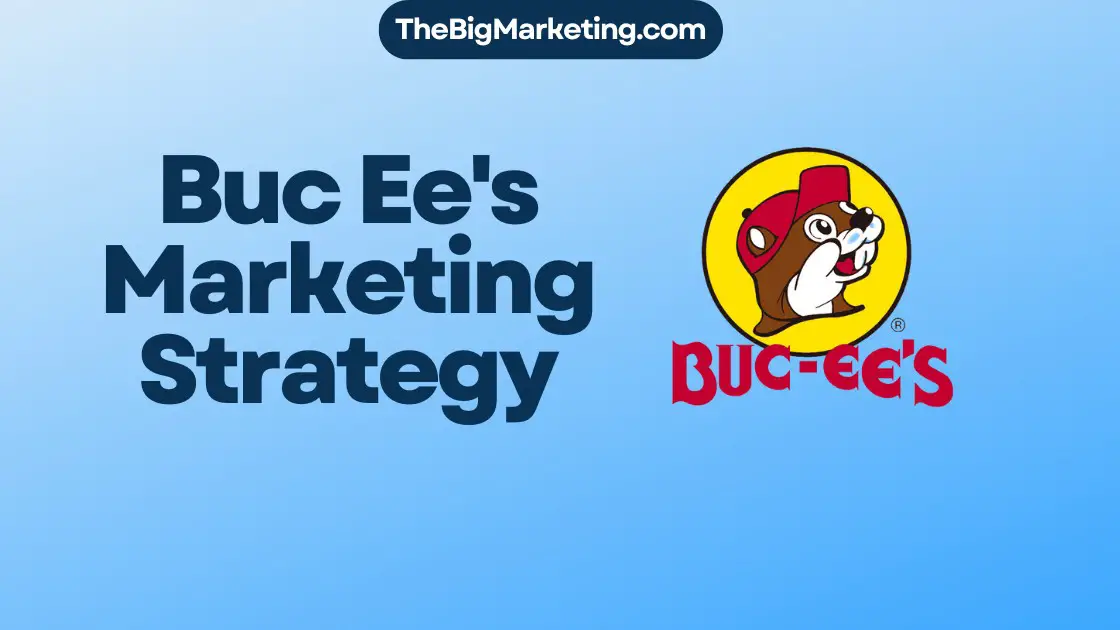Higher education enrollment management is a challenging game. Lower high school graduation rates, coupled with the public’s increasing lack of confidence in the four-year degree model, can make it difficult to attract and retain students for both private and public universities. In this comprehensive guide, we will provide you with the strategies you need to increase college enrollment, optimize student recruitment, and maximize the impact of your admissions campaigns. Whether you are a seasoned enrollment marketer or new to the field, this guide will equip you with the insights and tactics necessary to navigate the ever-changing landscape of higher education marketing.
From lead generation to conversion optimization, each aspect of enrollment marketing will be covered in detail. We will explore the power of meaningful messaging and how to craft a unique value proposition that resonates with your target audience. Discover the impact of storytelling and how it can create an emotional connection with prospective students. We will also dive into the world of omnichannel marketing, highlighting the importance of a cohesive and integrated approach across various channels.
Enrollment analytics will be demystified, empowering you to make data-driven decisions that propel your marketing efforts forward. You will learn how to effectively guide students through the enrollment funnel, ensuring they take the necessary steps to become a part of your institution. Personalization will be a key focus, as we explore the power of tailoring your marketing communications to meet the unique preferences and needs of individual students.
As marketing technology continues to evolve, we will explore the latest trends and tools that can enhance your enrollment marketing strategy. We will also take a look at the future of higher education marketing, discussing emerging trends and how institutions can stay ahead in the competitive landscape. Finally, we will address the rising costs of education and the importance of communicating the value proposition of your institution.
Throughout this guide, we will provide practical tips, real-life examples, and actionable strategies that you can implement immediately. By the end, you will have a complete toolkit to revolutionize your enrollment marketing strategy and drive admissions success.
Key Takeaways:
- Lower high school graduation rates and a lack of confidence in the four-year degree model pose challenges for enrollment management in higher education.
- An effective enrollment marketing strategy requires meaningful messaging, storytelling, omnichannel marketing, enrollment analytics, guided student engagement, personalization, and leveraging marketing technology.
- Emerging trends in higher education marketing include metaverse integration, diversity promotion, sustainability advocacy, data-driven marketing, and the rise of alternative credentials.
- Affordability and communicating the value proposition are crucial in addressing rising costs and attracting value-conscious students.
- Implementing the strategies outlined in this guide can help colleges and universities increase enrollment, optimize student recruitment, and drive admissions success.
The Power of Meaningful Messaging in Enrollment Marketing
When it comes to enrollment marketing, meaningful messaging holds tremendous power in attracting and retaining students. It is crucial for institutions to effectively communicate their unique value proposition by emphasizing outcomes, student and campus life, and academics. However, simply using generic platitudes is not enough. To truly engage prospective students and their parents at different stages of the enrollment funnel, institutions must provide in-depth content that goes beyond surface-level information.
By crafting messaging that highlights the outcomes students can expect, whether it’s successful career opportunities or personal growth, institutions can demonstrate the value they provide. Such messaging should also showcase the vibrant student and campus life, including extracurricular activities, clubs, and community engagement, creating a compelling vision for prospective students.
Moreover, institutions should focus on their unique approach to academics. By highlighting innovative programs, distinguished faculty, research opportunities, and practical learning experiences, institutions can differentiate themselves from the competition.
It is important to note that in-depth content plays a significant role in capturing the attention and interest of students and parents. Rather than relying solely on general statements, institutions should provide detailed information about curriculum, specialized resources, and support services. This allows prospective students to gain a deeper understanding of what to expect, increasing their likelihood of considering enrollment.
To illustrate the power of meaningful messaging in enrollment marketing, consider the following example:
| Academics | Student and Campus Life | Outcomes |
|---|---|---|
|
|
|
By integrating these elements into their messaging, institutions can effectively communicate their unique value proposition and create a compelling case for prospective students to choose their institution.
The Impact of Storytelling in Enrollment Marketing
Storytelling has proven to be a powerful strategy for attracting and engaging prospective students in the enrollment process. By harnessing the power of narratives, institutions can create an emotional connection with their audience and convey their brand authenticity. Stories told by authentic voices, such as professors, students, and alumni, can effectively communicate a school’s unique values, mission, and educational experience.
One way to incorporate storytelling into enrollment marketing is through the use of professor and student testimonials. When professors share their passion for teaching and highlight the experiential learning opportunities available to students, it creates a sense of credibility and trust. Prospective students are more likely to connect with schools that offer hands-on learning experiences and emphasize the personal growth that comes from these opportunities.
Alum success stories are another powerful storytelling tool. By showcasing the achievements and career trajectories of past graduates, institutions can demonstrate the tangible outcomes of their educational programs. Prospective students are often inspired by the success stories of those who have walked the same path before them, making them more likely to envision their own future success with the institution.
Overall, storytelling humanizes the enrollment process and helps institutions stand out in a crowded market. It allows them to create a narrative that resonates with prospective students on a deeper level, going beyond mere statistics and facts. Incorporating storytelling through professor and student testimonials, as well as alum success stories, enriches the enrollment marketing strategy and creates a compelling narrative that drives student engagement and enrollment.
Embracing an Omnichannel Approach in Enrollment Marketing
In today’s competitive landscape of higher education marketing, adopting an omnichannel approach is essential for successful enrollment campaigns. By utilizing multiple channels, institutions can effectively engage with prospective students, provide comprehensive information, and guide them towards the next steps of the enrollment process.
One of the primary channels to focus on is the college website, serving as the central hub of information. It should be designed to deliver a seamless user experience, making it easy for students to access relevant details, explore programs, and find resources. Optimizing the college website with informative content, intuitive navigation, and clear calls to action will enhance the overall enrollment experience.
Social media platforms play a vital role in enrollment marketing, allowing institutions to connect with prospective students in a more informal and interactive manner. By sharing authentic content about campus life, student testimonials, and engaging visuals, institutions can build trust and create a sense of community. Social media channels provide an opportunity to showcase the unique aspects of the institution and stimulate interest among prospective students.
In addition to the digital channels, institutions should also consider the importance of physical and virtual channels in their omnichannel strategy. Physical channels include campus visits, college fairs, and open houses, providing students with an opportunity to experience the campus environment firsthand. Virtual channels, such as virtual tours and online information sessions, offer flexibility and accessibility, ensuring prospective students can engage with the institution regardless of their location.
To reinforce a consistent enrollment experience across all channels, it’s crucial to connect physical and virtual channels with the online presence. For example, integrating virtual tour sign-ups on the website or extending social media content to virtual events can foster a cohesive brand experience and make it seamless for students to transition across platforms.
Advertising campaigns are another integral component of an omnichannel approach. By strategically utilizing digital and traditional advertising channels, institutions can reach a wider audience while targeting specific demographics. Online advertising platforms like Google Ads and social media advertising enable precise targeting, maximizing the effectiveness of budget allocation.
Benefits of Embracing an Omnichannel Approach:
- Enhanced user experience across various channels
- Improved brand visibility and awareness
- Targeted reach to specific demographics
- Seamless transition between physical and virtual experiences
- Increased engagement and interaction with prospective students
- Consistent and cohesive brand messaging
By embracing an omnichannel approach in enrollment marketing, institutions can effectively guide prospective students through their journey from initial interest to enrollment. It allows institutions to connect with students at various touchpoints, provide an immersive experience, and differentiate themselves from competitors. When implemented strategically, an omnichannel approach can contribute to higher conversion rates, increased student enrollments, and overall enrollment success.
Utilizing Enrollment Analytics for Strategic Decision-Making
In today’s highly competitive higher education landscape, enrollment analytics have become essential for institutions to understand the effectiveness of their marketing efforts and make strategic decisions. By harnessing the power of data, enrollment professionals can gain valuable insights into the admissions funnel, metrics, channel strategies, A/B testing, and target audience segmentation.
Enrollment analytics examine and evaluate various metrics at different stages of the admissions funnel, allowing institutions to identify areas of improvement and optimize their marketing strategies. By delving deeper into the data, institutions can uncover patterns, trends, and opportunities to enhance their enrollment outcomes.
The Importance of Metrics
Metrics play a vital role in evaluating the efficacy of enrollment campaigns and initiatives. By measuring and analyzing key performance indicators (KPIs), institutions can assess the impact of their marketing efforts and make data-driven decisions.
Some essential metrics to consider are:
- Conversion rates: Measuring the percentage of prospective students who complete desired actions, such as filling out inquiry forms or submitting applications.
- Cost per acquisition: Calculating the cost of acquiring a new student, including marketing expenses and resources allocated.
- Engagement metrics: Analyzing the level of interaction and engagement prospects have with various marketing channels and content.
- Retention rates: Evaluating the percentage of enrolled students who continue their education at the institution.
Channel Strategy and A/B Testing
Developing an effective channel strategy is vital for reaching and engaging the target audience. Enrollment analytics enable institutions to evaluate the performance of different marketing channels, such as social media, email campaigns, advertising platforms, and website traffic. By identifying the most effective channels, institutions can optimize their marketing budget and resources to maximize ROI.
A/B testing is another valuable tool provided by enrollment analytics. By conducting controlled experiments, institutions can test different variations of marketing messages, visuals, and calls-to-action to determine the most impactful approach. This data-driven methodology empowers institutions to make informed decisions about their marketing strategies.
Segmenting the Target Audience
Target audience segmentation is a crucial aspect of enrollment marketing. By dividing the target audience into distinct segments based on demographics, behaviors, and preferences, institutions can tailor their messaging and communication to connect with prospects on a deeper level. Enrollment analytics provide the insights necessary to identify these segments and develop personalized marketing strategies that resonate with each group.
Utilizing enrollment analytics unlocks valuable opportunities for institutions to enhance their enrollment marketing efforts. By analyzing metrics, refining channel strategies, conducting A/B testing, and segmenting the target audience, institutions can make data-driven decisions that yield better results and drive enrollment success.
| Metric | Description |
|---|---|
| Conversion Rate | The percentage of prospective students who complete desired actions, such as filling out inquiry forms or submitting applications. |
| Cost per Acquisition | The cost of acquiring a new student, including marketing expenses and resources allocated. |
| Engagement Metrics | The level of interaction and engagement prospects have with various marketing channels and content. |
| Retention Rate | The percentage of enrolled students who continue their education at the institution. |
Guiding Students through the Enrollment Funnel
As prospective students progress through the enrollment journey, it’s crucial to guide them towards the next steps that will ultimately lead to their successful enrollment. By strategically incorporating specific actions into your overall marketing strategy, you can effectively navigate students through the enrollment funnel.
Identifying Next Steps
Each stage of the enrollment funnel presents different opportunities for engagement. From initial interest to submitting applications, it’s important to identify the next steps for students to take. This can include filling out inquiry forms to gather more information, scheduling campus visits to experience the campus firsthand, or signing up for virtual tours to explore the facilities remotely.
Strategic Calls to Action
Strategically placing calls to action throughout your marketing materials will prompt students to take the desired action. Whether it’s encouraging them to submit an inquiry form, schedule a campus visit, or explore virtual tours, these calls to action play a vital role in guiding students towards enrollment. By designing compelling and visually enticing calls to action, you can capture students’ attention and drive them towards the next steps.
Enhancing Engagement with Orientation
Orientation is a critical component of the enrollment process, providing students with essential information and helping them acclimate to campus life. Highlighting the importance of orientation and offering clear guidance on how to sign up and participate will help students navigate this pivotal stage. By emphasizing the benefits and unique opportunities provided during orientation, you can drive enrollment and foster a sense of belonging for incoming students.
Streamlining Campus Visits and Virtual Tours
Campus visits and virtual tours are valuable opportunities for students to experience your institution firsthand. Ensuring a seamless process for scheduling and conducting these visits will enhance the overall enrollment experience. Whether in-person or virtual, providing a comprehensive and engaging tour that highlights key campus features and resources will address students’ needs and further propel them towards enrollment.
| Action | Description |
|---|---|
| Complete Inquiry Forms | Prospective students provide their contact information and express interest in learning more about the institution. |
| Schedule Campus Visits | Students arrange to visit the campus and get a firsthand experience of the facilities and campus life. |
| Explore Virtual Tours | Students take virtual tours of the institution’s facilities, allowing them to explore from the comfort of their own homes. |
| Sign up for Orientation | Accepted students register for orientation programs that provide essential information and support for their transition to campus. |
By strategically guiding students through the enrollment funnel and providing them with clear next steps, you can increase their likelihood of successfully enrolling at your institution. Remember to tailor your messaging and calls to action to different stages of the funnel to maximize engagement and ultimately drive enrollment numbers.
The Power of Personalization in Enrollment Marketing
Personalization is a key strategy for increasing enrollment in higher education institutions. By tailoring marketing efforts to individual student preferences, institutions can create a more engaging and personalized experience for prospective students. This section explores various personalization techniques and their impact on enrollment success.
One effective way to personalize the enrollment process is by asking about student preferences early in the funnel. By gathering information on academic interests, campus culture, and extracurricular activities, institutions can tailor their messaging and content to better resonate with each student.
Creating Personalized Drip Campaigns
Drip campaigns that deliver targeted content over time based on student preferences can be highly effective in nurturing leads and moving them through the enrollment funnel. By segmenting students based on their interests and engagement level, institutions can send customized emails, educational materials, and invitations to campus events that align with their specific needs and desires.
To illustrate the power of drip campaigns, consider the following example:
| Segment | Email Sequence |
|---|---|
| Students interested in STEM programs | Welcome email → Highlight STEM faculty and facilities → Invite to STEM-focused campus event |
| Students interested in liberal arts | Welcome email → Showcase liberal arts program → Feature successful alumni from liberal arts backgrounds |
| Students undecided on a major | Welcome email → Provide resources on exploring academic options → Offer guidance from academic advisors |
In this way, institutions can deliver personalized content that speaks directly to each student’s interests and motivations, increasing their likelihood of choosing to enroll.
Building Custom Web Content
Another way to personalize the enrollment experience is through custom web content. By leveraging student preferences and data, institutions can create dynamic web pages that present relevant information to each visitor. This can include program-specific content, campus life features, and testimonials from current students in related fields.
For example, a prospective student interested in computer science could be shown a web page with in-depth information about the computer science curriculum, faculty profiles, and success stories of alumni who have pursued careers in the tech industry.
Personalized Calls to Action and Mass Customization
Personalized calls to action are an effective way to guide prospective students through the enrollment process. By understanding individual students’ interests and where they are in their decision-making journey, institutions can tailor calls to action that prompt them to take the next step.
Mass customization takes personalization to the next level by scaling personalized experiences. For example, institutions can customize landing pages or email campaigns based on a student’s geographic location, academic interests, or extracurricular activities.
Utilizing tools like chatbots and interactive maps can add an extra layer of personalization by providing real-time guidance and information to students on-demand.
By incorporating personalization strategies such as these, institutions can create a more personalized and engaging enrollment experience that resonates with prospective students and increases enrollment rates.
Leveraging Marketing Technology for Enrollment Success
In today’s competitive higher education landscape, institutions must embrace marketing technology to drive enrollment success. By leveraging cutting-edge tools and strategies, colleges and universities can optimize their recruitment efforts, attract the right students, and achieve their enrollment goals. This section explores the key elements of marketing technology that can pave the way for enrollment success.
Automation for Efficient and Personalized Communication
Marketing automation is a game-changer in the world of enrollment marketing. By automating repetitive tasks and workflows, institutions can streamline their communication processes and free up valuable time and resources. Automation enables personalized messaging and ensures that prospective students receive timely and relevant information throughout their enrollment journey. From sending personalized emails to nurturing leads, automation empowers institutions to engage with students on a one-to-one level.
CRM Software for Effective Student Relationship Management
A robust customer relationship management (CRM) software is the backbone of successful enrollment marketing. CRM systems enable institutions to centralize student data, track interactions, and gain valuable insights into student behavior. By harnessing the power of CRM, institutions can segment their target audience, personalize their messaging, and deliver targeted marketing campaigns. CRM software also empowers enrollment teams to effectively track and manage leads, ensuring no prospect falls through the cracks.
Engaging Virtual Campus Tours for Immersive Experiences
In an era of digital transformation, virtual campus tours have emerged as a powerful tool for engaging prospective students. These interactive experiences allow students to explore campus facilities, interact with faculty and staff, and get a taste of campus life from the comfort of their own homes. Virtual campus tours not only provide a glimpse into the institution’s offerings but also showcase its commitment to innovation. By integrating virtual tours into their marketing strategy, institutions can captivate prospective students and create a lasting impression.
Interactive Content for Enhanced Engagement
Interactive content is a valuable asset in enrollment marketing, offering students an immersive and engaging experience. From quizzes and assessments to interactive videos and virtual reality experiences, interactive content captures students’ attention and encourages active participation. By incorporating interactive elements into their marketing campaigns, institutions can create memorable experiences that resonate with prospective students, driving higher engagement and conversion rates.
Collaborating with MarTech Partners for Expert Guidance
Navigating the complex landscape of marketing technology can be overwhelming for institutions. That’s where MarTech partners come in. MarTech partners specialize in providing marketing technology solutions tailored to the unique needs of higher education. They offer expertise, guidance, and a deep understanding of enrollment marketing trends and best practices. Collaborating with a MarTech partner can help institutions identify the right tools, implement effective strategies, and achieve their enrollment goals.
Comparison of Marketing Technology Tools
| Marketing Technology Tool | Key Features | Benefits |
|---|---|---|
| Marketing Automation Software | Automated workflows, lead nurturing, personalized communication | Efficient communication, personalized messaging, time-saving |
| CRM Software | Centralized student data, lead tracking, segmentation | Effective lead management, targeted marketing campaigns, data-driven insights |
| Virtual Campus Tour Platforms | Virtual campus tours, interactive elements, multimedia content | Enhanced engagement, immersive experiences, wider reach |
| Interactive Content Tools | Quizzes, assessments, interactive videos, virtual reality experiences | Higher engagement, personalized experiences, memorable content |
Marketing technology is a catalyst for enrollment success. By embracing automation, adopting CRM software, leveraging virtual campus tours, utilizing interactive content, and collaborating with MarTech partners, institutions can unlock the full potential of their enrollment marketing efforts. These tools and strategies empower institutions to connect with prospective students, deliver personalized experiences, and ultimately drive enrollment growth in an ever-changing higher education landscape.
The 2024 Higher Education Marketing Landscape
The higher education market is undergoing significant growth, making it a highly competitive landscape. As institutions strive to attract and retain students, digital transformation has become a key focus. Institutions are planning to increase their digital marketing budgets to leverage the power of video marketing and social media in their enrollment efforts. Additionally, influencer marketing is on the rise, as institutions recognize the value of engaging with their target audience through influential voices.
Trends in Higher Education Marketing
Let’s take a closer look at some of the key trends shaping the higher education marketing landscape:
- Digital Transformation: Higher education institutions are embracing digital transformation to adapt to changing student preferences and expectations. This includes leveraging technology to enhance the student experience, streamline admissions processes, and deliver personalized communication.
- Video Marketing: Video content has emerged as a powerful influencer in higher education marketing. Institutions are utilizing videos to showcase campus life, student testimonials, and academic programs, creating an engaging and immersive experience for prospective students.
- Social Media: Social media platforms have become indispensable tools for college research and exploration. Institutions are actively utilizing social media channels to share campus news, engage with prospective students, and create a sense of community.
- Influencer Marketing: Influencers, such as current students, alumni, and industry professionals, have gained prominence in higher education marketing. Institutions are partnering with influencers to amplify their messaging, reach a wider audience, and build credibility.
Impact on Higher Education Institutions
These trends are reshaping the higher education marketing landscape and have direct implications for institutions:
| Trend | Impact |
|---|---|
| Digital Transformation | Enables institutions to enhance the student experience, streamline admissions processes, and deliver personalized communication. |
| Video Marketing | Engages prospective students through compelling visual storytelling, showcasing campus life and academic programs. |
| Social Media | Provides platforms for institutions to engage with prospective students, share campus news, and build brand awareness. |
| Influencer Marketing | Expands the reach and credibility of institutions by leveraging influential voices within the target audience. |
As the higher education market evolves, institutions that embrace digital transformation, harness the power of video marketing, engage effectively on social media, and leverage influencer marketing will have a competitive edge in attracting and retaining students.
Emerging Trends in Higher Education Marketing
As the higher education landscape continues to evolve, several emerging trends are shaping the future of marketing strategies. These trends include metaverse integration, diversity promotion, sustainability advocacy, data-driven marketing, and the rise of alternative credentials.
Metaverse Integration: Creating Immersive Experiences
Metaverse integration is revolutionizing the way institutions engage with students. By leveraging virtual reality (VR) and augmented reality (AR) technologies, colleges and universities can provide immersive experiences that allow prospective students to explore campuses, participate in virtual events, and interact with faculty and fellow students, all from the comfort of their homes. This innovative approach enhances engagement and helps students make more informed decisions about their educational journey.
Diversity Promotion: Aligning with Societal Values
Today’s students seek inclusive and diverse learning environments. Institutions that prioritize diversity promotion not only attract a wider range of students but also foster an inclusive culture that celebrates different perspectives and experiences. By highlighting their commitment to diversity and inclusivity in marketing campaigns, colleges and universities can attract a more diverse student body and create a sense of belonging for all.
Sustainability Advocacy: Addressing Environmental Concerns
With sustainability becoming an increasingly important global issue, institutions that champion sustainability advocacy resonate with environmentally conscious students. By showcasing campus sustainability initiatives, eco-friendly practices, and academic programs focused on sustainability and environmental studies, colleges and universities can attract students who are passionate about making a positive impact on the planet.
Data-Driven Marketing: Targeted and Personalized Communication
Data-driven marketing is transforming the way institutions engage with prospective students. By analyzing student data, colleges and universities can tailor their messaging and outreach efforts based on individual preferences, interests, and behavior. This targeted and personalized approach ensures that students receive relevant information at each stage of the enrollment process, ultimately increasing the likelihood of conversion and enrollment.
The Rise of Alternative Credentials: Meeting Diverse Career Needs
As the workforce becomes more dynamic and diverse, traditional degrees are no longer the sole measure of professional success. Alternative credentials, such as certificates, microcredentials, and digital badges, are gaining popularity as they provide targeted and industry-specific knowledge and skills. Institutions that offer and promote alternative credentials can attract students seeking to upskill, reskill, or specialize in specific areas of interest, keeping pace with the evolving demands of the job market.
By embracing these emerging trends, colleges and universities can position themselves as innovative and forward-thinking institutions. Metaverse integration offers immersive experiences, while diversity promotion and sustainability advocacy align with societal values. Data-driven marketing allows for targeted and personalized communication, and the rise of alternative credentials addresses the changing needs of the workforce.
Addressing Rising Costs and Value Proposition
Rising tuition costs in higher education pose significant challenges for institutions. As the cost of education continues to increase, potential students are becoming increasingly concerned about affordability and the return on their investment. In order to appeal to value-conscious individuals, universities and colleges must address these concerns and emphasize the value proposition of obtaining a degree.
One crucial aspect that institutions need to focus on is communicating the career outcomes that their programs offer. Highlighting successful alumni and their career paths can reassure prospective students that their education will lead to tangible professional opportunities. By showcasing the achievements and contributions of graduates, institutions can demonstrate the value of their programs and the potential return on investment.
Another important factor when addressing affordability is emphasizing the overall value proposition of education. It is essential for institutions to communicate the long-term benefits of obtaining a degree, such as increased earning potential and access to a broader range of career opportunities. By showcasing the broader impact of education on individuals and society as a whole, institutions can attract students who are looking for a high return on their educational investment.
Creating an affordable educational experience that offers a high return on investment requires a strategic approach from institutions. This includes exploring options for tuition reduction, scholarships, and financial aid programs to alleviate the financial burden on students. Additionally, institutions can focus on providing robust career services and internships that enhance students’ employability and further support the value proposition of their programs.
Rising Tuition Costs: A Look at the Data
| Institution | Average Annual Tuition (Undergraduate) | Tuition Increase (5-year period) |
|---|---|---|
| University A | $30,000 | 25% |
| University B | $35,000 | 15% |
| University C | $25,000 | 30% |
As the table above demonstrates, rising tuition costs have been a significant trend in higher education. Institutions need to address this issue by implementing measures to ensure affordability and value for their students, balancing the cost with the quality of education provided.
By addressing rising costs and emphasizing the value proposition of education, institutions can attract and retain students who prioritize affordability and a strong return on investment. By establishing clear pathways to successful careers and providing a comprehensive support system, institutions can position themselves as valuable investments, ensuring the continued growth and success of their programs.
Conclusion
An effective enrollment marketing strategy is pivotal for student recruitment and admissions success in the ever-evolving landscape of higher education marketing. By implementing a cohesive plan that incorporates meaningful messaging, storytelling, an omnichannel approach, enrollment analytics, and personalization, institutions can position themselves for success in attracting and retaining students.
Adapting to the changing dynamics of higher education marketing is crucial. Institutions should embrace emerging trends such as metaverse integration, diversity promotion, sustainability advocacy, data-driven marketing, and the growing demand for alternative credentials. By aligning with societal values and leveraging technology, institutions can stay ahead of the curve and engage with their target audience effectively.
Another critical aspect is addressing rising costs and highlighting the value proposition of education. Institutions must address affordability concerns and communicate the career outcomes and return on investment their programs offer. By demonstrating value and catering to the needs of value-conscious students, institutions can differentiate themselves and attract prospective students.
In conclusion, a comprehensive enrollment marketing strategy that encompasses various elements, including messaging, storytelling, omnichannel delivery, analytics, and personalization, is key to achieving admissions success. By continuously adapting to the evolving landscape, aligning with emerging trends, and addressing cost concerns, institutions can navigate the competitive higher education marketing space and successfully recruit and retain students.







